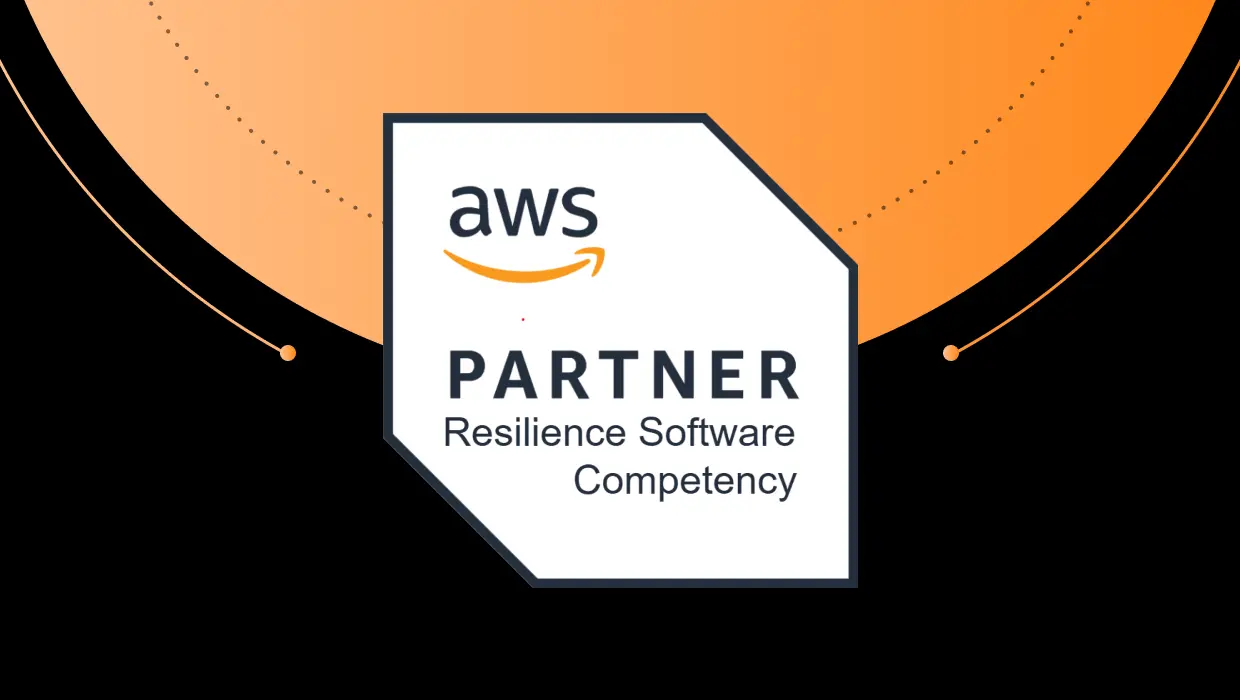In 2018, the global market for application modernization tools was valued at $8.04 billion. The industry is expected to grow to $36.86 by 2027 due to the higher need for application modernization and optimization in today’s world.
For a market that is growing at such a fast rate, it is still not as widely understood as it should be. Even today, many organizations are unaware of the need for modernizing and optimizing applications.
In this guide, we explain what application modernization means and why it’s a requirement for an organization.
What Is Application Modernization and Optimization?
Application modernization refers to the repurposing, refactoring, or consolidation of legacy software code–or reprogramming to use an existing application–to create new business value. In doing so, the software is aligned closely with the company’s needs.
The major benefit of application modernization and optimization is that it improves the speed at which new features are delivered. It also exposes the functionality of your existing software while re-platforming apps from on-site to cloud.
Although application modernization has plenty of benefits, it’s quite complex to do. Plus, it costs a lot. For example, if you plan to move an application from premise to cloud without doing your calculations for return on investment, you’re going to end up at a loss.
Likewise, some applications will likely be more beneficial and meaningful if they were rearchitected or re-platformed, but they’re so closely associated with your existing infrastructure and system that it’s extremely complex to modernize or optimize them.
Due to these challenges, the key to performing application modernization successfully is to be strategic about the process. We recommend you opt for app modernization only when it benefits your performance and speed.
It’s important to have a clear view of your ROI before spending money and resources on application modernization and optimization.
Why Should You Modernize Applications?
In most cases, legacy applications are monolithic. This means that they are single-tiered software applications that combine data access code and user interface into a single program.
Monolithic applications are not dependent on other computing applications and are self-contained. However, it’s favorable to modernize monolithic applications because they are expensive to scale and difficult to upgrade.
The difficulty of updating is due to the architectural makeup of monolithic applications. As mentioned, all components of the app are combined together. It’s costly and difficult to bring in more features because you will certainly come across many integration and complexity issues.
Similarly, the apps are expensive and challenging to scale. If a single component of a monolithic app is experiencing challenges with respect to performance, you’ll have to scale the entire application to serve that single component.
An alternative is to modernize the application by giving it a microservices architecture. In this architecture, the application has smaller components that aren’t as closely associated with each other.
Thus, these components can be scaled and deployed independently.
Common Patterns of Application Modernization
Here are some common patterns used to modernize applications:
- Lift and Shift: Lift and shift is also referred to as rehosting. It means transferring an existing application from a legacy environment to a new infrastructure, such as cloud platforms like AWS, GCP, and Azure. In this way, you essentially move the application without making any changes to its architecture or underlying code. Due to this, lift and shift is less intensive than other patterns. But it may not be the most optimal approach.
- Replatforming: Replatforming is the middle ground between refactoring and lift and shift. The development team does not have to make any significant changes in the architecture or the code of the application. Rather, they make complementary updates, allowing the app to benefit from the cloud platforms. The developers may replace the backend database of the app or modify it.
- Refactoring: Refactoring simply means restructuring or rewriting the application. In this approach, you retool some parts of an app’s underlying code to ensure it runs well in a new environment, such as the cloud. Besides restructuring the existing code, this approach may require you to rewrite the code. The development team can use refactoring to split a monolithic application into decoupled or smaller pieces.
What Is Cloud Application Migration?
Application migration refers to the process of moving an application from its existing computing environment to another. For instance, you may migrate applications from one data center to another or from on-premise to the cloud.
Similarly, you may move the application from a public cloud to a hybrid or private cloud.
Why do organizations move applications to the cloud? The major reason could be an increase in scalability. An organization may also want to migrate applications to another computing environment that has a better cost structure or more advanced functionality.
In order to ensure efficient application migration, you need to do the following:
- Align Migration with Business Objectives: What are your business objectives? Will application migration help you meet them? It’s important to reaffirm and establish the benefits, purpose, and end result of application migration.
- Start Small: Instead of migrating all applications to the cloud, start with just one first. It will help you identify potential shortcomings and risks. You’ll also have a better idea of what to expect once you decide to migrate all applications to the cloud or any other computing platform.
- Use Third-Party Tools: App migration is a complex business. If it’s not done properly, it can lead to costly errors that will make all your efforts futile. Instead of taking the risk yourself, it’s best to use a third-party tool or work with outside experts who are adequately knowledgeable about app migration.
Apart from this, it’s paramount to ensure you modernize your applications before moving them to different computing environments to ensure compatibility and optimal performance.
Technologies Used in Application Modernization and Optimization
Nowadays, there are a host of technologies that can be used to modernize and optimize applications. Some of them are as follows:
- Cloud Computing: In most cases, application modernization refers to migrating traditionally on-premise applications to the cloud. Organizations can move their applications to hybrid clouds, public clouds, or private cloud platforms.
- Containers: A container refers to a cloud-based method for deploying, operating, and packaging apps. A major benefit of this technology is the greater scope of scalability. It also improves the operational efficiency of an application.
- Automation and Orchestration: The orchestration of an application means automating its operational tasks, such as networking, deployment, and scaling.
- Microservices: Microservice is more of an architectural approach rather than a technology. Most traditional applications operate as a single codebase and are called monolithic. A method to modernize them is to decouple the apps’ components into smaller pieces that are easier to operate, update, and deploy. More importantly, these components undergo deployment and operation independently of each other.
It’s a Trap! When Application Migration Without Modernization Can Haunt You
Migrating applications to the cloud without modernizing them can be very problematic in the long run. Modernization of application facilitates innovation and allows you to introduce new capabilities into the software.
Due to this higher agility, an organization adapts swiftly to future market needs and upcoming tech innovations. It’s also important to note that when you transition to a cloud-based infrastructure, it will enable multiple capabilities, such as metered pricing, multi-tenancy, self-service provisions, and capacity on-demand.
The modernization of an application is important to keep it compatible with the new infrastructure. It also helps you mitigate risk.
Companies that do not consider modernization while migrating jeopardize their business as well as their customers. With modernization, companies can take steps to improve their security requirements and leverage technology.
More importantly, you may need to redesign your legacy application architecture for cloud infrastructure. The conventional 3-tier architecture won’t be as efficient in the cloud and may result in performance issues, like contention at the database layer, blocking configuration challenges, and synchronous communication.
Benefits of Application Modernization
Most companies have both operational and financial investments in their applications. Legacy apps are some of the most critical applications in an organization. Retiring these applications and starting from scratch is not only costly but also extremely time-consuming.
Alternatively, application modernization provides a more sensible way for companies to benefit from new platforms, architectures, frameworks, tools, and libraries.
Optimizing your applications improves their innate functionality. Organizations can scale applications and yield better results by strategically re-platforming apps.
Here are some benefits of application modernization and optimization:
- Cost Reduction: Modernizing your application lowers the amount of time it takes to update applications. It also lowers your operational costs.
- Performance: Applications that are modernized and optimized for the cloud are able to perform and scale better.
- Business-Related Benefits: Based on the needs of your business, you can modernize your existing applications in a way that better serves your objectives. In this way, you can ensure a better user experience.
- Efficiency: With application modernization, companies can improve their employee experience and increase the room for new business opportunities. Application modernization also enables employees to get the most out of an app due to the additional benefits imparted by a new computing platform.
Automate Monolith to Microservice Transformation
What if there was a way for you to automate application modernization and optimization? It would definitely help save time, resources, and money.
Fortunately, there’s a one-of-a-kind platform that allows you to accomplish this. vFunction is an innovative platform for architects and developers that’s bound to transform the way organizations practice application modernization. With vFunction, you can automatically transform your monolithic applications into microservices, benefitting from the cloud features and increased engineering velocity.
Additionally, vFunction eliminates the time constraints, budget limitations, and time consumption associated with non-automated application modernization. Request a Demo today to get started.





